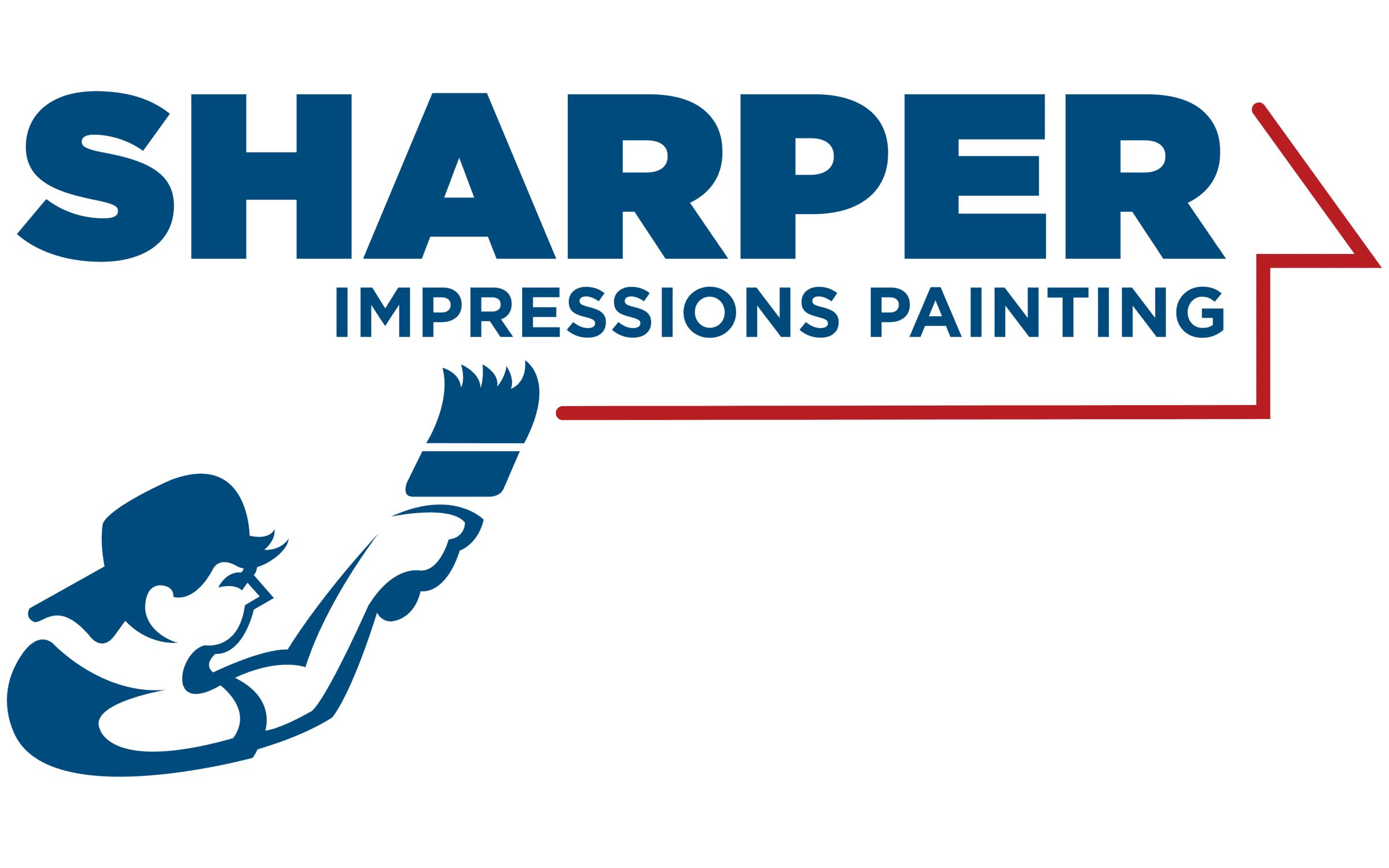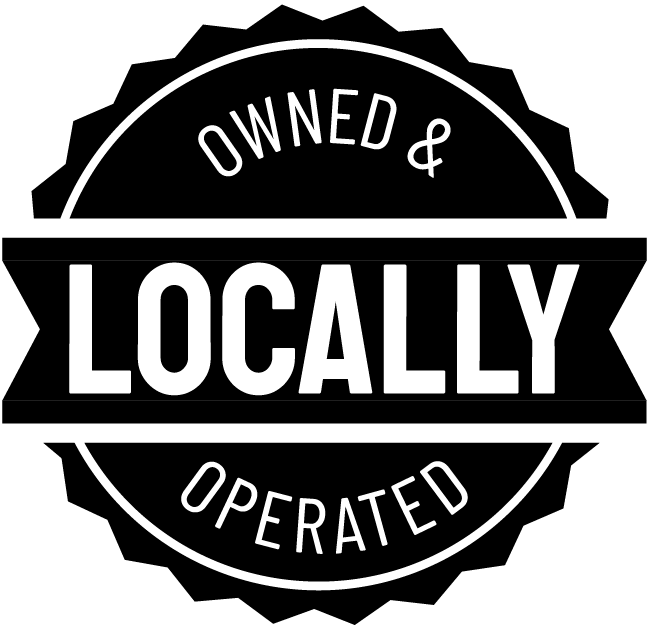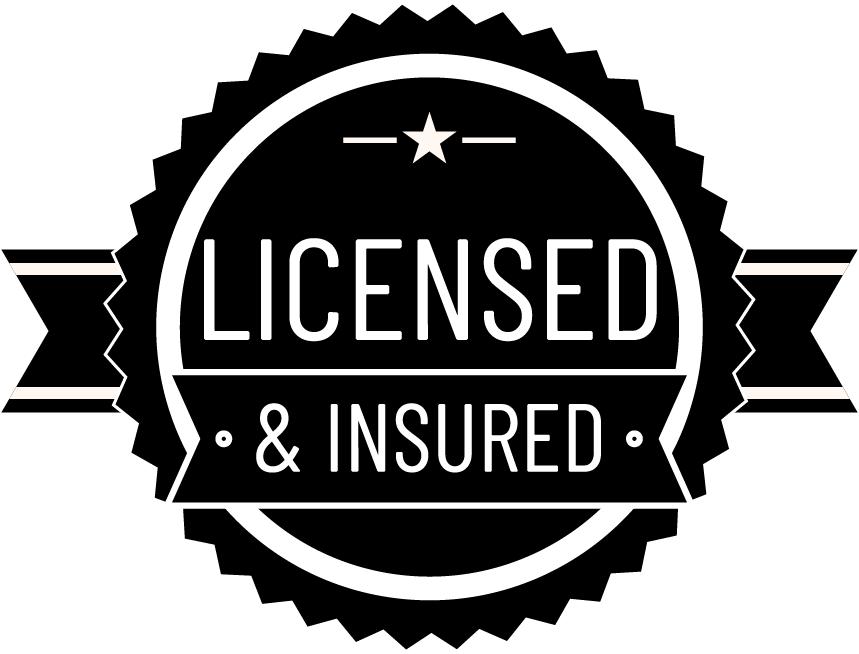When painting schools, hospitals, clinics, or food-service spaces, your paint choice affects more than appearance. These environments demand specialized paint systems that support health, safety, and regulatory compliance.
Facility managers and business owners must meet strict standards for durability, cleanability, and indoor air quality. Using the wrong product can lead to code violations, health risks, and costly repaints.
This guide explains which specialized paints are rated for these environments, why they matter, and how to choose and apply them correctly.
Why Specialized Paints Matter in Sensitive Environments
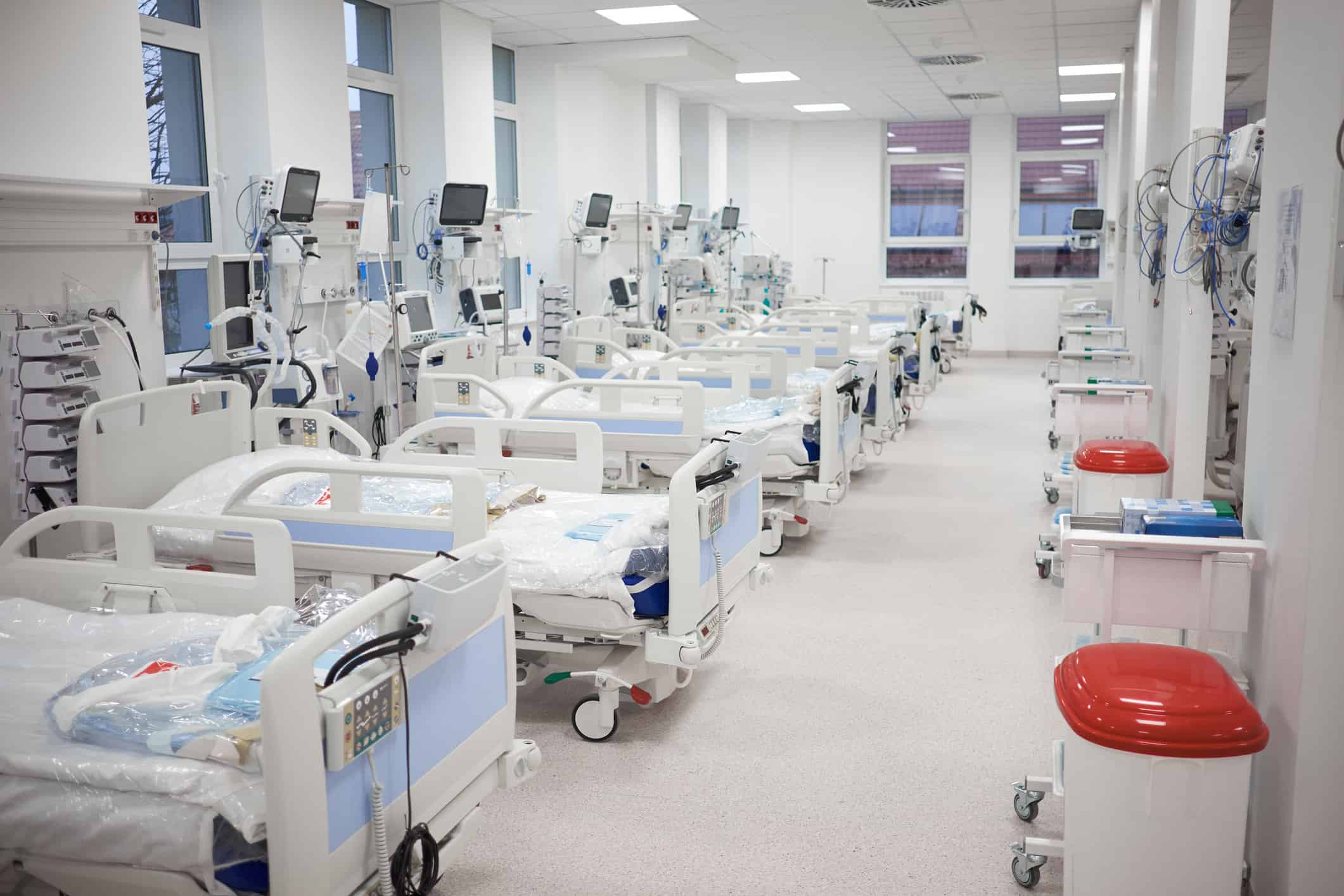
Health & Safety Take Priority
In schools and clinics, large numbers of people gather in enclosed spaces—children, seniors, patients with compromised immune systems. Food-service environments are constantly exposed to moisture, heat, and grease.
The wrong paint can contribute to mold growth, trap bacteria, or emit harmful VOCs (volatile organic compounds). Some paints even degrade when exposed to routine disinfectants, releasing particles into the air.
Regulatory bodies like the EPA, FDA, and OSHA all play a role in regulating the paints allowed in these sectors. Specialized paints in these spaces must be:
-
Low- or zero-VOC to protect indoor air quality
-
Resistant to microbial growth to prevent contamination
-
Durable under cleaning protocols that include harsh chemicals and scrubbing
Designed for Heavy Use and Repeated Cleaning
From janitors mopping lunchroom walls to nurses disinfecting patient rooms, walls in these environments get more cleaning in a week than typical office walls get in a year.
Specialized paint must be:
-
Scrubbable without losing adhesion or sheen
-
Resistant to staining, chemical cleaners, and moisture
-
Tough enough to survive carts, equipment, backpacks, and scuffing shoes
Certifications That Matter
To be safe and compliant, the following labels and standards should guide your purchasing decision:
| Certification/Standard | What It Means |
|---|---|
| GREENGUARD Gold | Low chemical emissions, safe for schools & healthcare |
| EPA Safer Choice | Ingredients meet EPA health and environmental criteria |
| FDA 21 CFR 175.300 | Safe for incidental food contact (walls near prep areas) |
| ASTM D2486 | Measures scrub resistance—key for high-cleaning zones |
What to Look for in Specialized Paint Formulations
![]()
VOC Content: Lower Is Safer
VOCs are chemicals that evaporate into the air and can cause health issues. Long-term exposure—especially in children and those with asthma—has been linked to respiratory irritation and neurological effects.
Look for specialized paints labeled:
-
Zero VOC (defined as <5 g/L)
-
Low VOC (typically <50 g/L for flat finishes, per EPA standards)
Examples include:
-
Benjamin Moore Natura® (Zero VOC, odorless)
-
Sherwin-Williams Harmony® (Zero VOC, with odor-eliminating tech)
Built-in Antimicrobial Protection
Specialized paints infused with antimicrobial agents (like zinc pyrithione or silver ions) prevent bacterial and mold growth on the paint film.
These are especially useful in:
-
Exam rooms, bathrooms, locker rooms
-
Cafeteria walls, behind prep counters
-
Any area with moisture or skin contact
Chemical Resistance & Scrub Performance
ASTM D2486 is the gold standard for scrub resistance.
In medical and kitchen environments, specialized paints should:
-
Resist disinfectants like bleach, hydrogen peroxide, quats
-
Maintain color and sheen after repeated cleanings
Many waterborne acrylic latex paints now outperform traditional oil-based paints in this regard.
The Right Finish for the Right Job
| Finish | Best For | Why |
|---|---|---|
| Semi-gloss | Bathrooms, kitchens, exam rooms | High scrub resistance, moisture tolerance |
| Satin/Eggshell | Classrooms, dining rooms, hallways | Balanced cleanability and low glare |
| Flat/Matte | Ceilings, low-touch surfaces | Hides imperfections, less cleaning needed |
| Epoxy Coatings | Food prep zones, walk-in coolers, mechanical rooms | Extreme durability, chemical and steam resistant |
Recommended Specialized Paints by Facility Type
Here’s a curated product guide featuring top-performing paints for different commercial applications:
For Schools
Sherwin-Williams Harmony® Interior Acrylic Latex
-
Zero VOC, GREENGUARD Gold certified
-
Contains anti-microbial agents
-
Great for classrooms and hallways
-
Odor-absorbing technology makes it safe to use while students are present
Benjamin Moore Natura®
-
Completely odorless and Zero VOC
-
Highly washable
-
Ideal for libraries, administrative offices, and daycare centers
For Medical Facilities
PPG PURE Performance® Interior Latex Paint
-
GREENGUARD Gold certified
-
Includes anti-microbial agents
-
Superior scrub resistance
-
Designed specifically for patient rooms and clinics
Behr Premium Plus Ultra®
-
Mold & mildew-resistant finish
-
Low VOC and highly durable
-
Commonly used in hospital corridors and staff areas
For Food-Service Environments
Sherwin-Williams Pro Industrial® Water-Based Epoxy
-
NSF-certified for incidental food contact
-
Highly chemical- and steam-resistant
-
Perfect for commercial kitchens and walk-in freezers
Benjamin Moore ADVANCE® Waterborne Alkyd
-
Oil-like finish with water cleanup
-
Resistant to grease and frequent washdowns
-
Ideal for trim and kitchen dining areas
Zinsser Perma-White® Mold & Mildew-Proof Interior Paint
-
Self-priming, moisture-resistant, antimicrobial
-
Frequently used in commercial restrooms, prep rooms, dishwashing stations
Surface Prep and Application Matters
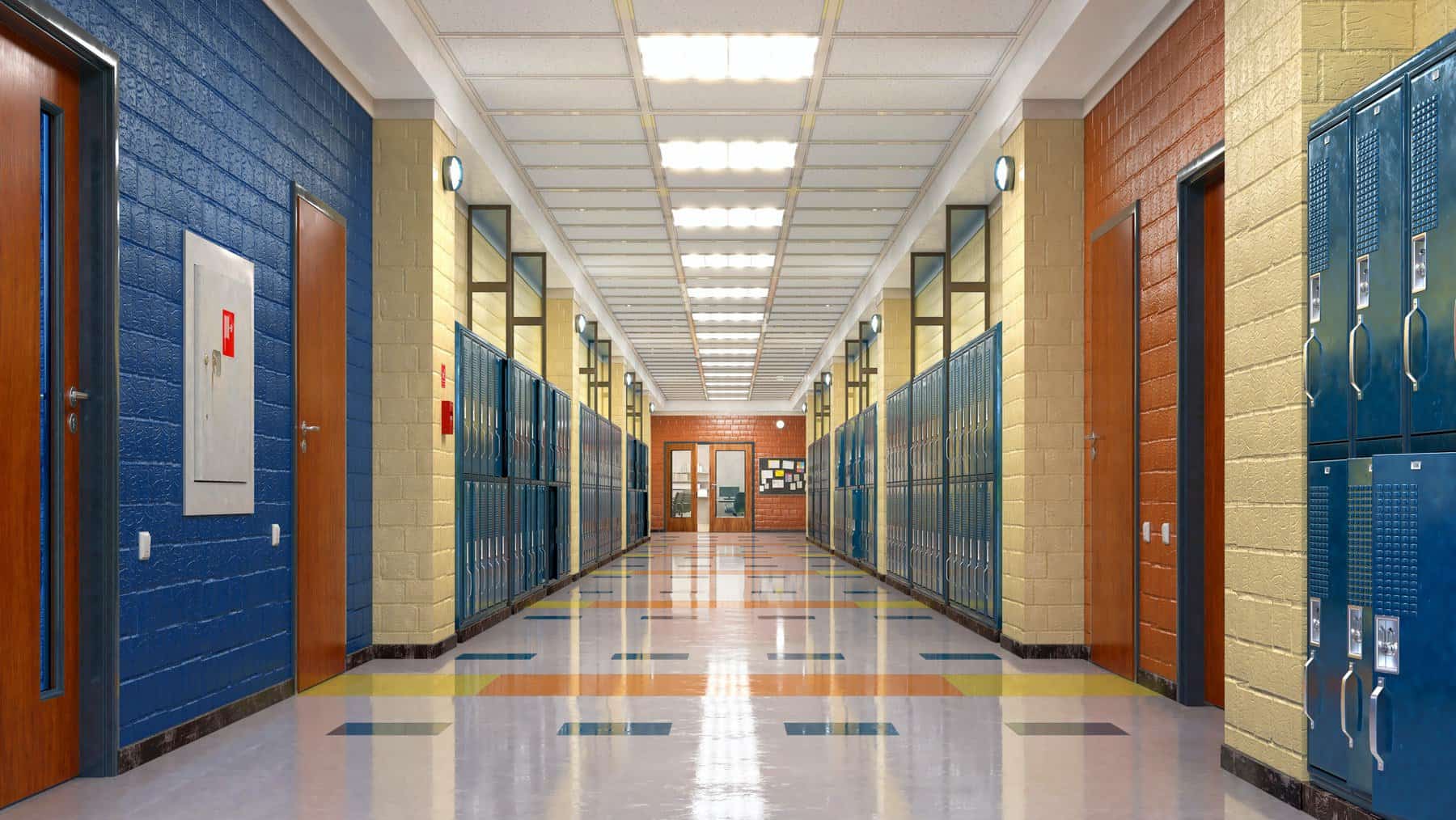
Even the best paint will fail if applied over an unclean or unstable surface.
Clean First, Paint Second
Surfaces must be:
-
Free from grease, dirt, and soap residue
-
Dry and patched where necessary
-
Sanded for adhesion if glossy
In kitchens or clinics, degreasers like Krud Kutter® Prepaint Cleaner are often used.
Choosing the Right Primer
Primers serve as your first defense against peeling, stains, and mold.
Recommended options:
-
Zinsser Bulls Eye 1-2-3 Plus: Mold-resistant, adheres to tough surfaces
-
INSL-X Prime Lock Plus®: Great for previously painted or stained walls
-
Benjamin Moore Fresh Start®: Excellent for wood and drywall in food zones
Application and Curing Best Practices
-
Apply paint during mild humidity and temperature (60°F to 80°F)
-
Allow full curing time—especially in food and medical settings (up to 7 days)
-
Hire contractors experienced in regulatory environments
Maintenance & Repainting Cycles
Paint is not a “set it and forget it” investment. Regular maintenance extends its performance and protects your facility’s reputation.
Cleaning Without Damage
Approved cleaners vary by paint type, but typically include:
-
Diluted dish soap or pH-neutral disinfectants
-
No abrasive pads or powdered cleansers
-
Soft microfiber cloths or sponges
When to Repaint
Signs it’s time:
-
Staining or color fading
-
Mold spots or moisture damage
-
Paint flaking or losing sheen
Typical repaint cycles:
| Area Type | Repaint Frequency |
|---|---|
| Classrooms | Every 5–7 years |
| Hospital corridors | Every 4–6 years |
| Kitchens/Bathrooms | Every 3–5 years |
Use of Pro Maintenance Teams
Engage professionals who:
-
Understand regulatory repaint intervals
-
Use documentation to satisfy inspections
-
Can schedule work during off-hours
Choosing the Right Contractor
The best paint is only as good as the crew who applies it.
What to Look For
-
Experience in your facility type
-
Familiarity with VOC compliance, microbial resistance, and hygiene protocols
-
References from schools, hospitals, or restaurants
Ensuring Compliance
Ask for:
-
Product data sheets and VOC certifications
-
Application logs and warranty info
-
Post-job cleaning and curing schedules
-
Coordination with your safety officer or facility manager
Don’t Compromise Where Health Meets Durability
Choosing the right specialized paint system for your school, clinic, or food-service business isn’t just about color swatches—it’s about health, compliance, and cost-efficiency.
Specialized paints resist mold, reduce airborne toxins, and survive the daily abuse of high-traffic spaces and rigorous cleaning protocols. They extend the lifespan of your surfaces while safeguarding your students, patients, and customers.
Whether you’re planning a renovation or tackling a code compliance project, consult a professional commercial painting service that specializes in regulated environments. With the right products and application plan, your facility will stay safe, clean, and beautiful for years to come.
